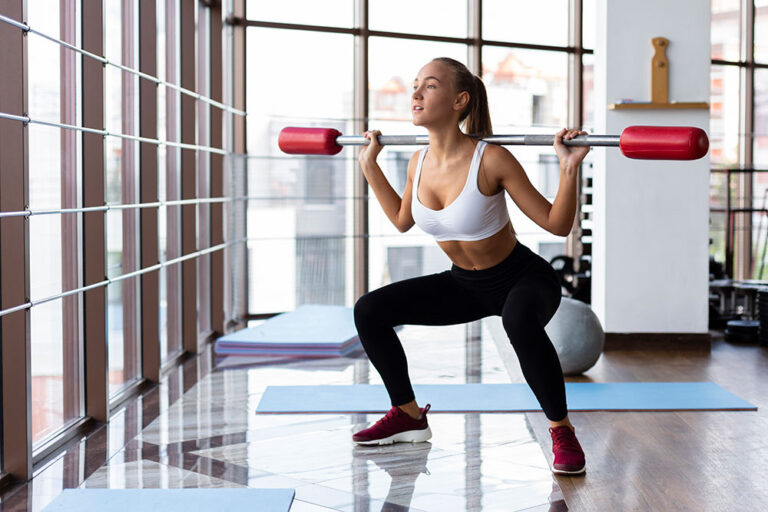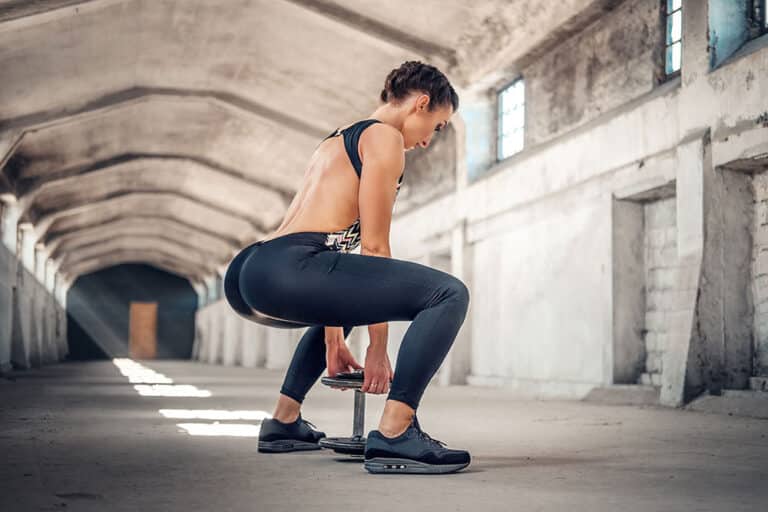High Intensity Lower Body Exercise Routine
Introduction to High Intensity Lower Body Exercises
Are you ready to rev up your fitness routine and unleash the power of your lower body? High intensity lower body exercises are not just another trend; they’re a game changer for anyone looking to build strength, endurance, and overall athleticism. Whether you’re an avid gym-goer or simply someone trying to amp up their home workouts, this high-intensity approach will elevate your training sessions. Imagine feeling that rush of adrenaline as you push yourself through challenging moves, all while sculpting those glutes, quads, hamstrings, and calves like never before. If you’re eager to kickstart your journey into high-energy workouts that deliver real results, keep reading!
Benefits of Incorporating High Intensity Training into Your Workout Routine
High intensity training (HIT) offers a dynamic approach to fitness that packs in serious benefits. It elevates your heart rate quickly, leading to improved cardiovascular health. This boost can enhance endurance over time.
Incorporating HIT increases calorie burn during workouts and continues post-exercise through the afterburn effect, known as excess post-exercise oxygen consumption (EPOC). You may find yourself shedding pounds faster than with traditional routines.
Another advantage is its efficiency. Shorter workout sessions yield significant results, making it ideal for those with busy schedules. Even 20-30 minutes of high intensity work can be more effective than an hour of steady cardio.
Muscle strength also gets a lift from HIT. By engaging multiple muscle groups simultaneously, you develop functional strength while enhancing coordination and balance. Embracing this method could transform not just how you train but how you feel daily.
Safety Tips for High Intensity Workouts
Safety is crucial when engaging in high intensity workouts. Pay attention to your body signals. If you feel pain beyond normal exertion, stop immediately.
Always prioritize proper form over speed or quantity. This helps prevent injuries and maximizes effectiveness. Consider using a mirror or filming yourself to ensure your technique stays sharp.
Hydration plays a key role too. Drink water before, during, and after your workout to keep energy levels up and aid recovery.
Listening to music can enhance motivation but stay aware of your surroundings. Avoid distractions that may lead to accidents or collisions with others.
Don’t skip rest days! Your muscles need time to recover after intense sessions. Incorporating active recovery can also help maintain momentum without risking burnout or injury.
Warm-Up and Stretching Exercises
Warming up is essential for any high intensity lower body exercise routine. It prepares your muscles and joints, reducing the risk of injury during intense workouts.
Start with dynamic movements like leg swings and walking lunges. These exercises increase blood flow while activating key muscle groups.
Incorporate hip circles to loosen up your hips. This helps improve flexibility and range of motion, crucial for explosive movements later on.
Don’t overlook the importance of ankle mobility. Simple calf raises can enhance stability in your lower body exercises.
After warming up, transition into static stretching. Focus on hamstrings, quadriceps, and glutes to ensure a full range of motion when you dive into more challenging routines.
Take 5-10 minutes for this warm-up session; it’s an investment that pays off by enhancing performance and making every rep count.
The Workout: A Step-by-Step Guide
Start with a solid warm-up to get your blood flowing. Try dynamic stretches like leg swings and walking lunges for about five minutes. This primes your muscles for the workout ahead.
Begin with squats. Aim for three sets of 15 reps, ensuring you maintain proper form throughout. Your back should stay straight, and knees must not extend past your toes.
Next, move on to lunges. Alternate legs and perform three sets of 12 reps per side. Keep your core engaged to enhance stability.
Following that, incorporate glute bridges. Lie on your back with knees bent and feet flat on the floor—perform three sets of 15 repetitions while squeezing at the top.
Finish off with calf raises; hold onto a wall or chair for balance if needed. Complete four sets of 20 reps to really burn out those calves!
Stay hydrated and listen to your body as you progress through these exercises.
Modifications and Progressions for Different Fitness Levels
When it comes to high intensity lower body exercise routines, everyone is at a different starting point. Modifications ensure that all fitness levels can participate safely and effectively.
Beginners might focus on bodyweight exercises like squats or lunges. These foundational movements build strength without overwhelming the muscles. Adding slower tempos helps in mastering form before increasing intensity.
For intermediate participants, incorporating resistance bands adds extra challenge. This gear enhances muscle engagement while still allowing for controlled motion.
Advanced individuals can elevate their workout by adding plyometrics—think jump squats or box jumps. These explosive movements boost power and efficiency but require solid technique to prevent injury.
Always listen to your body and adjust as needed. Progressions should feel rewarding rather than daunting, ensuring an enjoyable experience regardless of fitness level.
Tracking Progress and Adjusting the Routine
Tracking your progress is essential in any fitness journey. For a high intensity lower body exercise routine, keep a journal or use an app to note down workouts, reps, and weights. This data gives you insight into your improvements over time.
Regular assessments help identify when it’s time to push harder or take it easy. For instance, if you’ve mastered squats at a certain weight without breaking a sweat, consider increasing the resistance or repetitions.
Listening to your body is crucial too. If you’re feeling fatigued more than usual or experiencing discomfort, it might be wise to adjust your routine accordingly.
Don’t hesitate to change exercises as well; variety keeps things interesting and challenges different muscle groups while preventing plateaus. Remember that progress isn’t just about numbers—it’s also about how you feel during each workout session.
Conclusion
High intensity lower body exercise routines are a fantastic way to boost your fitness level, tone your legs, and enhance overall strength. By committing to this type of workout, you not only challenge your muscles but also improve cardiovascular endurance.
As you embrace these exercises, remember the importance of safety and proper form. Always warm up adequately and incorporate stretching into your routine. This helps prevent injury and prepares your body for intense activity.
Tracking progress plays a vital role in staying motivated. Whether it’s increasing weights or improving reps and sets, noting advancements keeps you engaged with your fitness journey.
With modifications available for any fitness level, there is no excuse not to give this high-intensity training a try. It’s all about finding what works best for you while pushing boundaries safely.
So lace up those sneakers and get ready to transform how you feel in every step! Your lower body will thank you as it gains strength and definition through consistent effort with high intensity workouts tailored just for you.
- About the Author
- Latest Posts
Johnnie D. Jackow Sr., the founder and CEO of Total Body Fitness, Worldwide, has a long-standing career in the fitness industry. He began as a certified personal trainer in the mid-90s and soon after authored his first weight loss book in 1998. This led to the launch of Total Body Fitness, Nationwide in the USA at the same time. Johnnie gained recognition as the fitness guru of his time, running infomercials on local TV late at night in Houston, Texas. Over the years, he has helped more than 40,000 individuals from all over the world achieve their health and fitness goals. With over 60,000 hours of documented training in integrative functional medicine, he completed his PhD in human physiology in 2010. His primary objective is to assist people in reaching their health and fitness goals through alternative approaches rather than relying solely on conventional medicine and pharmaceutical drugs. Today, with almost three decades of experience under his belt, Johnnie continues to be a leader in health and fitness.








